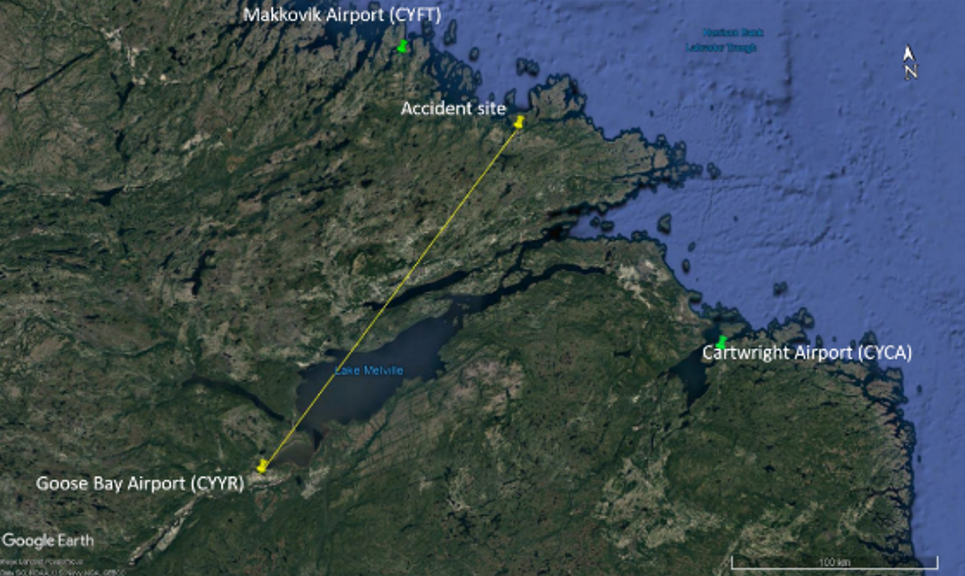January 23, 2020
Reports on Fatal CFIT Accidents Just Released
admincopa
Piper Malibu
On May 1, 2019, a Piper PA-46-350P Malibu departed Goose Bay airport (CYYR) in Labrador bound for Narsarsuaq airport (BGBW) in Greenland. The flight departed on a VFR flight plan, planning to fly below adverse weather and wind conditions at an altitude of 2,000 feet asl before climbing to higher altitudes and air-filing an IFR flight plan for the remainder of the journey. However, the experienced and professional ferry pilot flew the Malibu into a 2,250-foot hill just before reaching the Atlantic Ocean, striking the hillside at about 200 feet below its summit. The pilot survived, but his passenger was killed.
The Transportation Safety Board (TSB) classifies this as a Controlled Flight Into Terrain (CFIT) accident. Read the full report and its recommendations in the first PDF appended below.

Coyote Ultralight
Another CFIT fatal accident occurred on July 1, 2019 when a Rans S-6ES Coyote advanced ultralight aircraft collided with terrain in Rougemont, Quebec. The aircraft had been circling at an altitude less than 200 feet agl, just above the treetops, then veered off in the opposite direction before colliding with trees.
Read the full report and its recommendations in the second PDF appended below.
Colibri Helicopter
A student pilot taking lessons from a free-lance instructor took off from Rouyn-Noranda, Quebec for Mirabel in his Eurocopter EC120 Colibri for his first solo cross-country flight. The pilot lost his life when he crashed near Sainte-Agathe-des-Monts in another CFIT accident. In the TSB investigation report, poor weather and inadequate supervision are cited as factors contributing to the accident.
Read the full report and its recommendations in the third PDF appended below.
